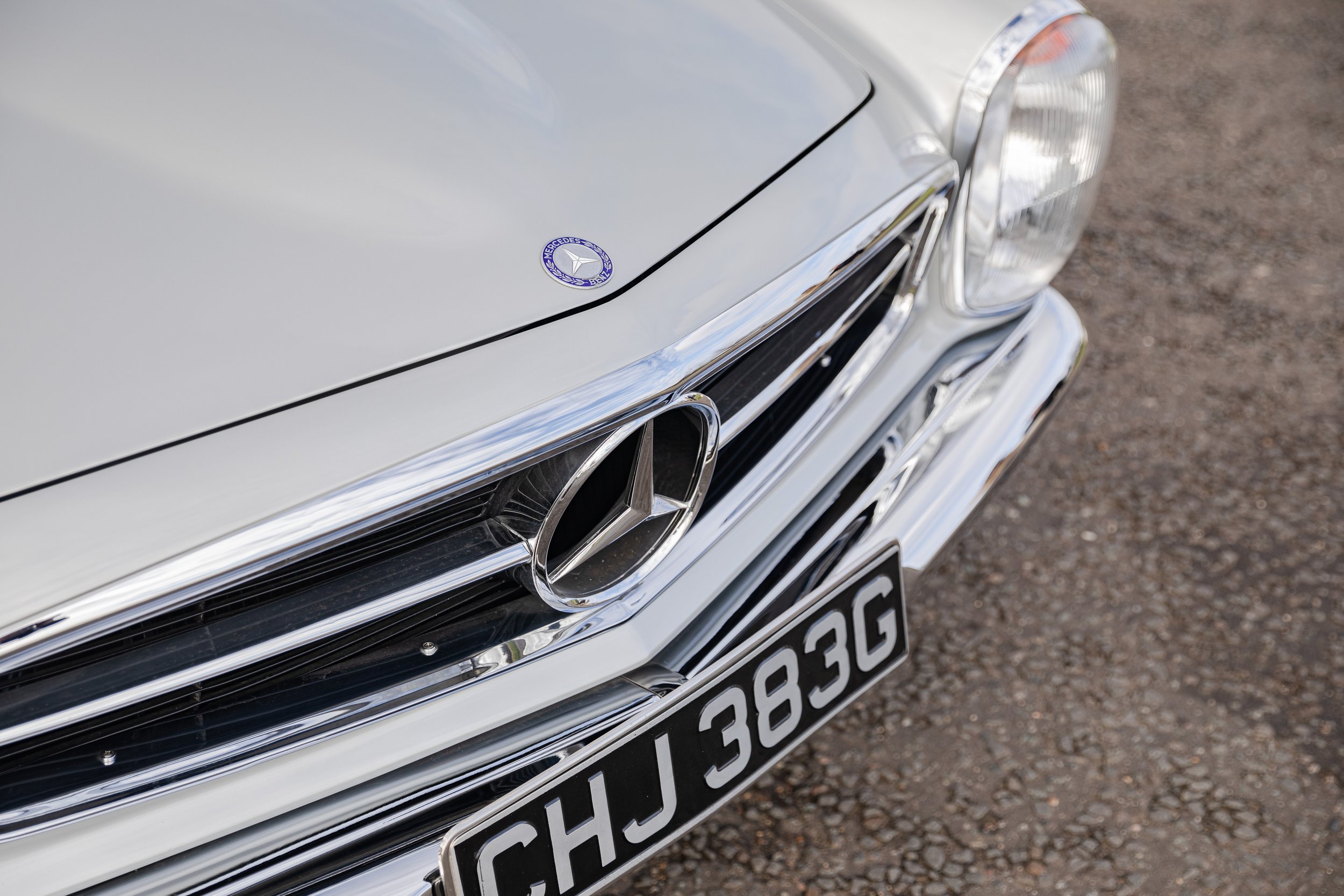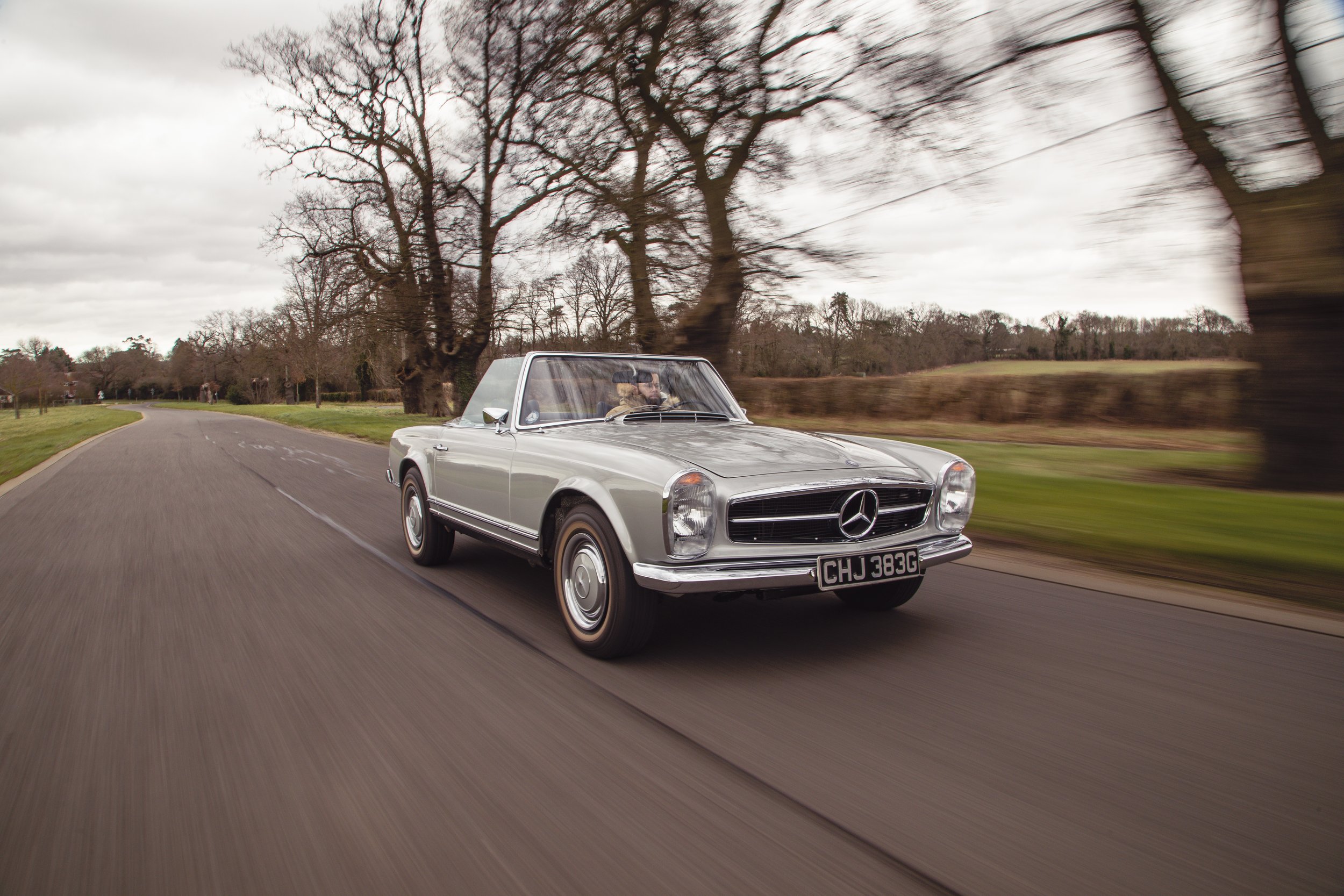
Throwback Drive: Mercedes-Benz 280 SL Pagoda
Mark takes a 1969 Mercedes-Benz 280 SL Pagoda for a spin. Is it the perfect tonic to modern day motoring?
WORDS: Mark Rose | PHOTOS: Dom Ginn
It’s late winter, the sky is gloomy and the temperature is struggling to push past ten degrees. To make matters worse, droplets of rain begin to collect on the windscreen of the convertible classic car I’m driving. Needless to say, this is not drop-top weather. Do I care though? Not one bit. Truth be told, I’m having too much fun to worry about what the British weather is up to because I’m driving a 1969 Mercedes-Benz 280 SL Pagoda.
Penned by then Mercedes design boss Paul Bracq, the 280 SL was an evolution of the earlier W113 series models which were available between 1963 and ’67, with the 280 selling between 1968 and ’71. Owning to its slightly concave roof, these cars picked up the affectionate nickname ‘Pagoda’, and is still to this day one of Mercedes’ most cherished designs.
In its day, the W113 was one of the most advanced cars on the planet in terms of its construction and powertrain. Aluminium was used for the bonnet, boot lid and door shells, and it was the first car of its type to feature front and rear deformation zones. The roof for which the Pagoda is famed was also built to withstand loads of up to 1,000kg which is hard to believe given its somewhat dainty appearance. Durable but light, this design ethos resulted in victory at the 1964 Spa-Sofia-Liege – a harsh endurance rally across Europe’s worst roads with very few stops throughout.
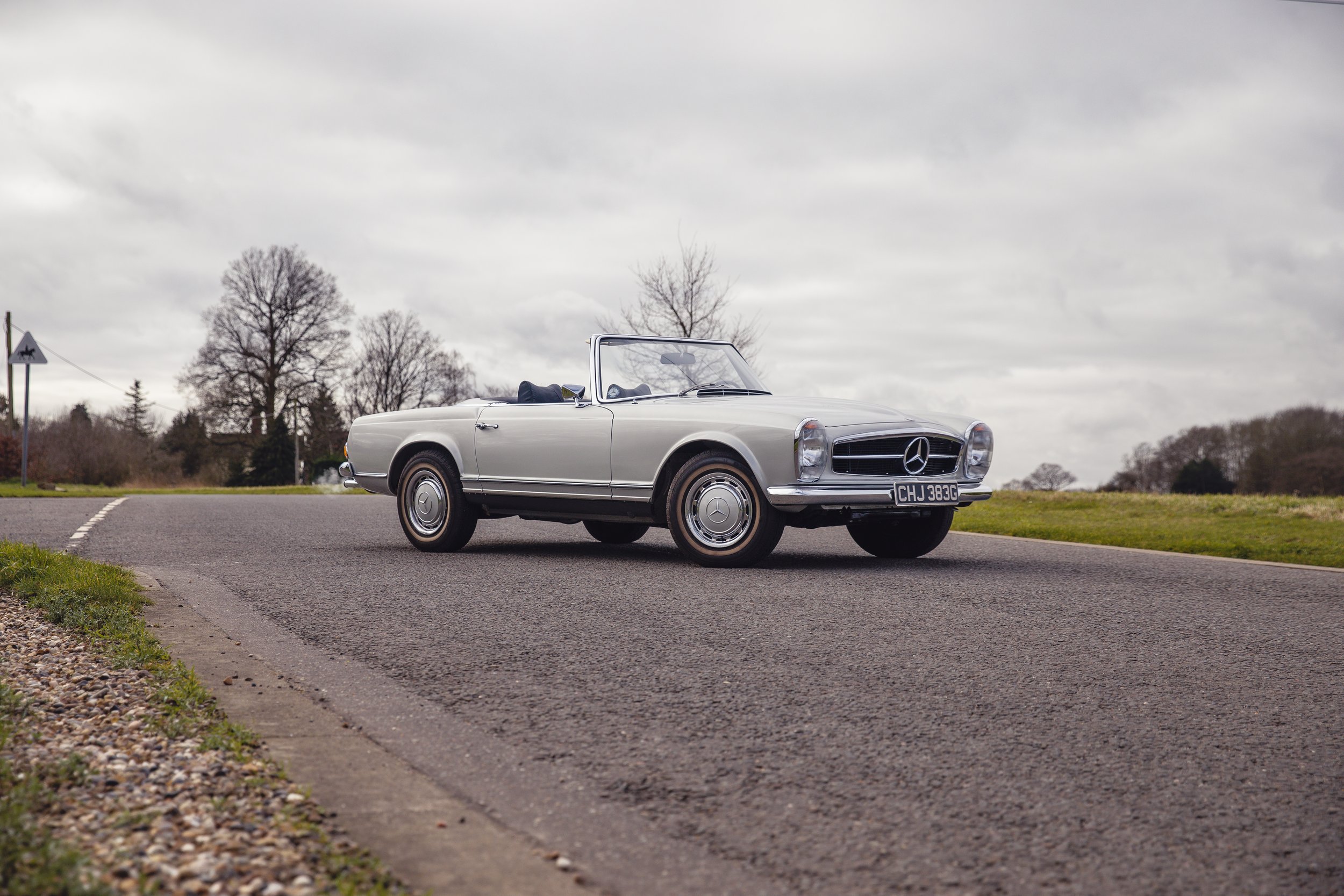
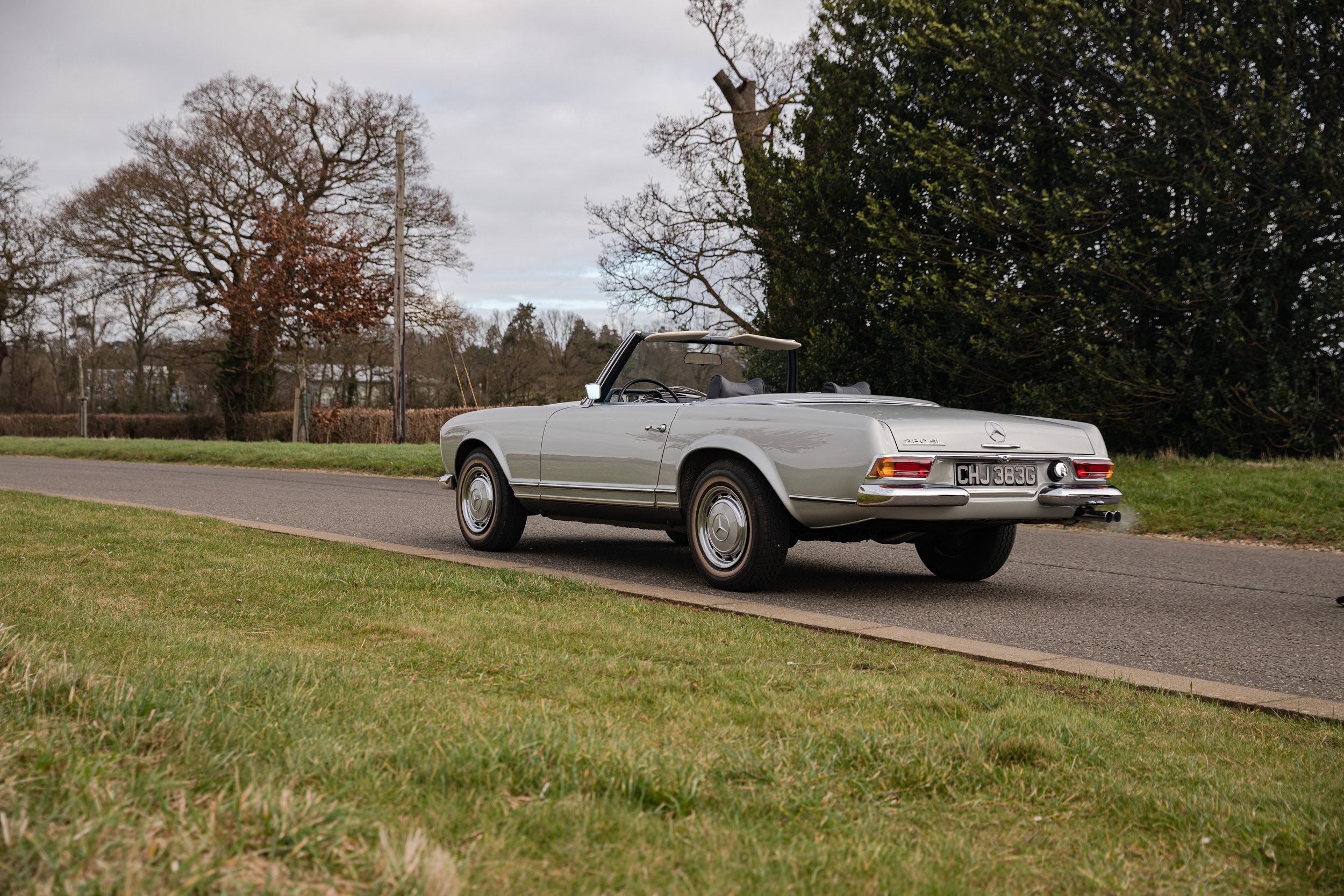
Despite its sporting intentions, the introduction of the later 280 SL also came with softer suspension and seats, and most road cars benefitted from the four-speed automatic gearbox even though a five-speed manual was available. This transformed the Pagoda in to more of a sports tourer, and is the very example we’ve been lucky enough to drive.
Since 1969, this particularly Pagoda has lived a comfortable life in sunny California and as a result, came to England in 2016 in a remarkably rust-free condition. It’s unusual for Mercedes cars of this era to remain in this condition and the restoration team at Hilton & Moss reckon it was the best Pagoda shell they had ever seen. Even the original seams and spot welds were still visible, suggesting it’s never been subject to any body repairs or paintwork. Good old dry state weather!
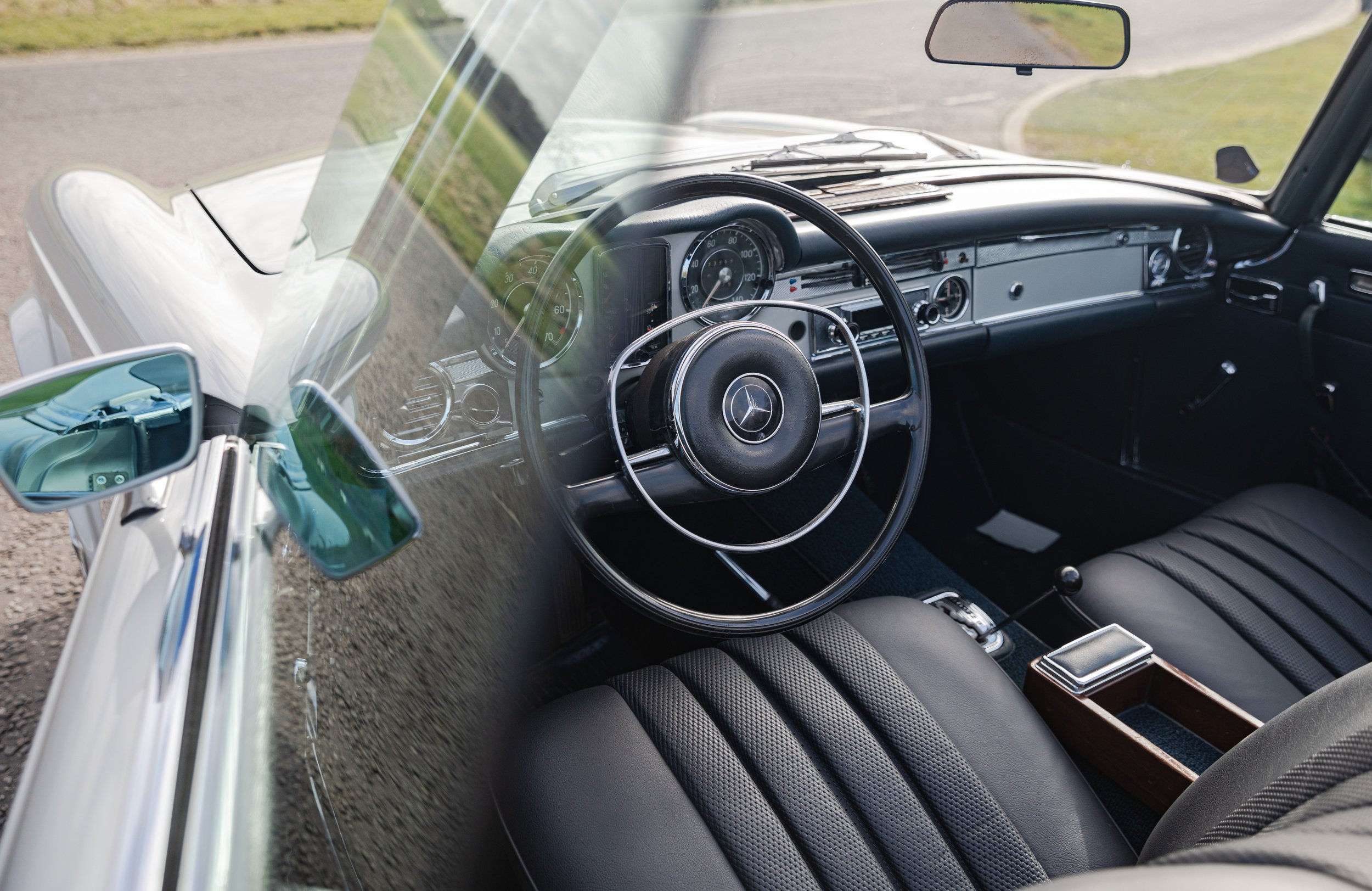
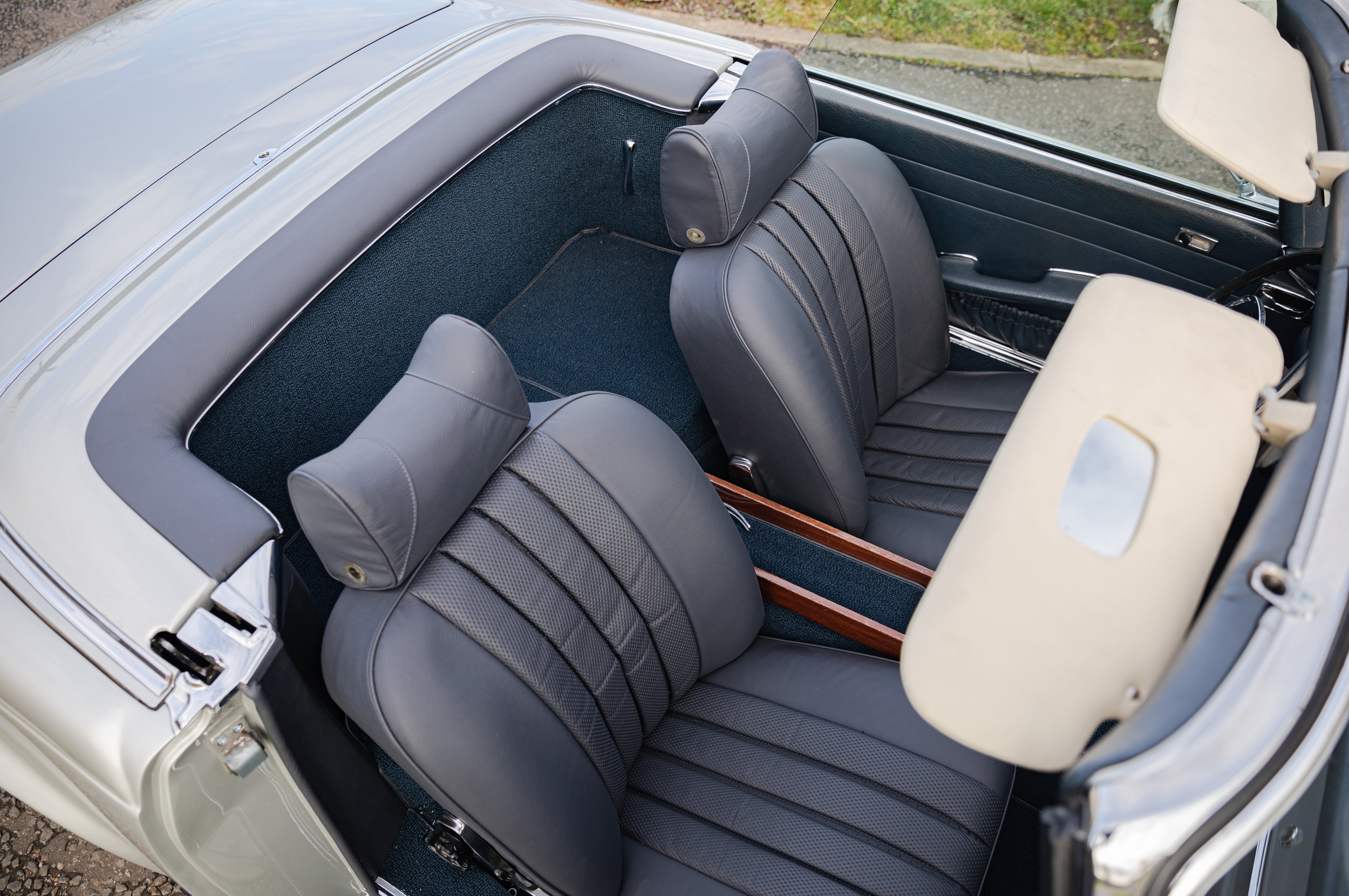
A decision was taken by Hilton & Moss to convert the SL from its original USA specification to the more sought after European spec by changing the bumpers, headlights, rear lights, fitting the chrome flashing beneath the number plate, and deleting the side markers. It was also stripped down, repainted in the classic DB180 Silver and given a partial interior re-trim. The new owner was very specific when it came to the cabin. Clearly not a man to buy such a beautiful car and hide it away in a garage, he asked that the interior remained in a slightly used condition so he could drive it without the fear of tarnishing a perfect restoration. What a guy!
Back to our wintry drive, and one of the first things that struck me was how well protected the cabin was from wind bluster. As long as the windows are up and you have your thick coat on, you can comfortably enjoy the Pagoda in lower temperatures. It also possesses a respectable lick of performance. When it was new, the 2.8 litre straight-six engine produced around 170bhp which gave it a 0-60mph time of just 8.6 seconds. 53 years on and it doesn’t quite cover ground in the same way, but it’s still entertainingly quick and the six cylinders sing their way to the rev limiter. No OPFs here. During the 60s, the SL was one of only a few cars that was fitted with brake discs all round, and Hilton & Moss also overhauled them so they still perform as intended.
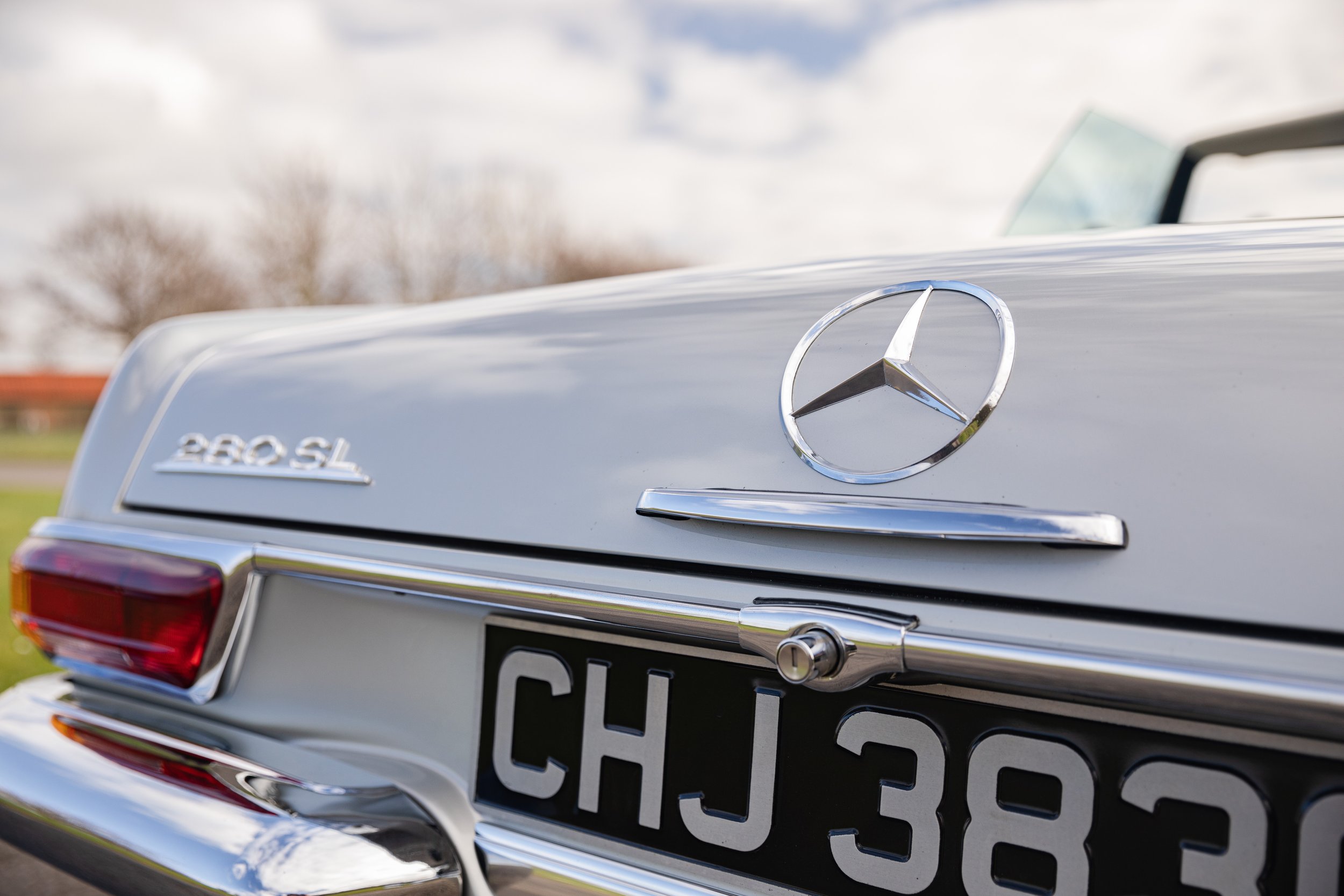
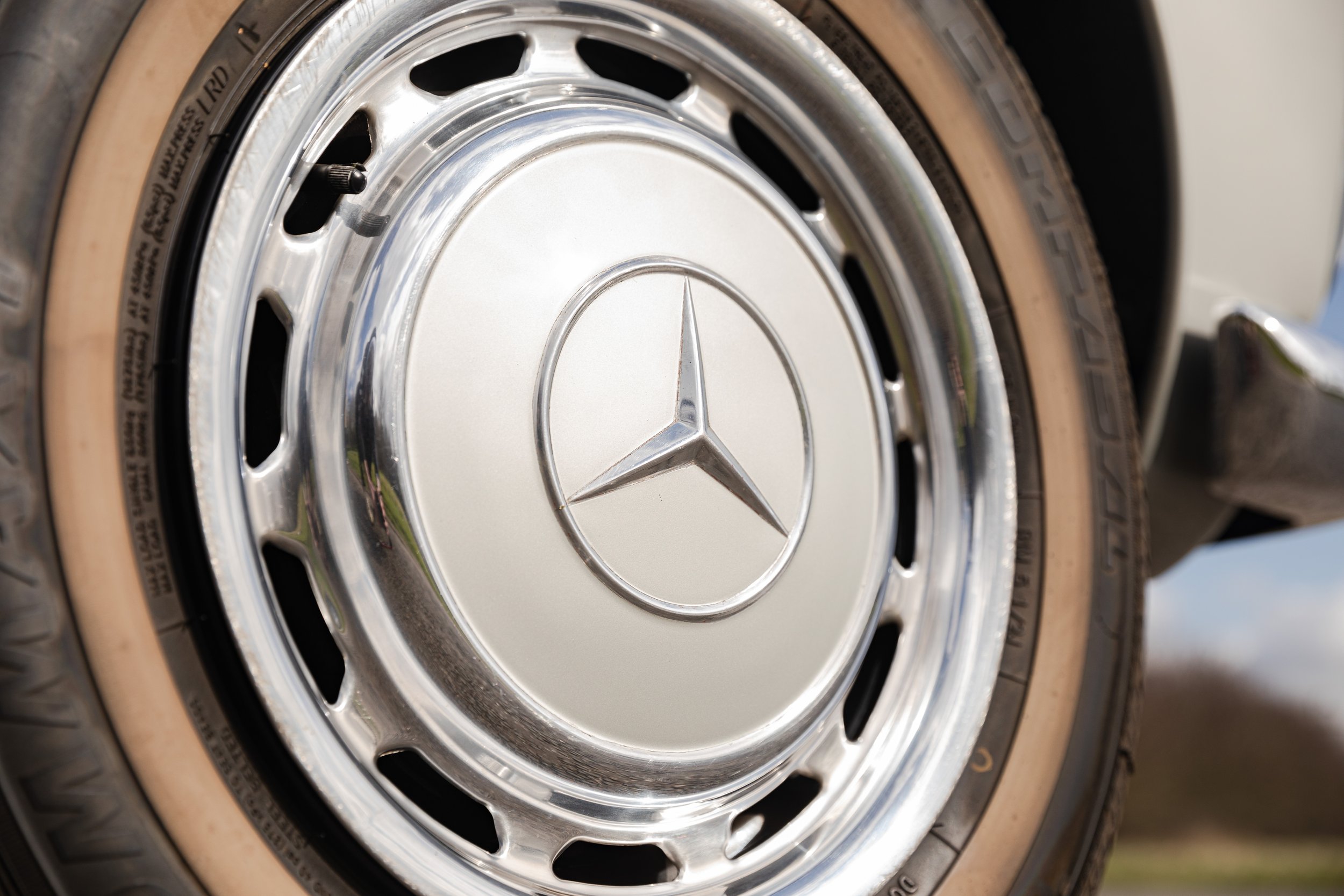
Operating the SL is easy. You start it on the key, select 4th on the automatic transmission (cogs 2 and 3 are for uphill starts), release the handbrake and move off. For the first few miles you have to treat it with some mechanical sympathy while it gets warmed up, but once it’s gotten some heat in to it, the throttle responds more willingly and it changes gear with less interruption. On the road, the 280’s softer suspension and seat really paid dividends and made for a smooth and relaxing experience. In typical classic car-fashion, the steering requires some added input when changing direction, but it never felt cumbersome and at low speed the Pagoda was surprisingly manoeuvrable thanks to its short wheelbase. If you wanted to, you could find the limits of grip quickly but the way the mass moves around serves as a good indicator as to how much tomfoolery its willing to take. There’s some genuine playfulness here, but in reality, all you want to do is enjoy the supple ride and wind in your hair antics. It brims with personality and reminds you that the joy in driving isn’t necessarily found in high performance, but in cars that have abundant character and feel-good factor.
One of the best things about the Pagoda is that despite its popularity among Mercedes enthusiasts, the shadow cast by the 300 SL Gullwing is long and dark which supresses values and means you don’t need to spend a seven figure sum of money to buy deep in to the Merc back-catalogue. The Pagoda supplied to us by Hilton & Moss was priced at £124,995 which made it a relative bargain, especially when you consider the W113 series was a direct replacement for the Gullwing’s convertible sibling, the legendary 190 SL.
The 280 SL truly is a thing of beauty and a perfect buy for both seasoned collectors or someone who’s looking to make a significant purchase. I have no doubt that taking a Pagoda for a leisurely drive on a summer’s evening is nothing short of heavenly, and serves as a tonic to the often tech-riddled world of modern motoring.
In collaboration with
